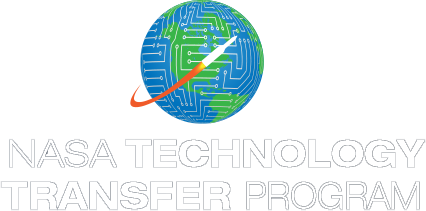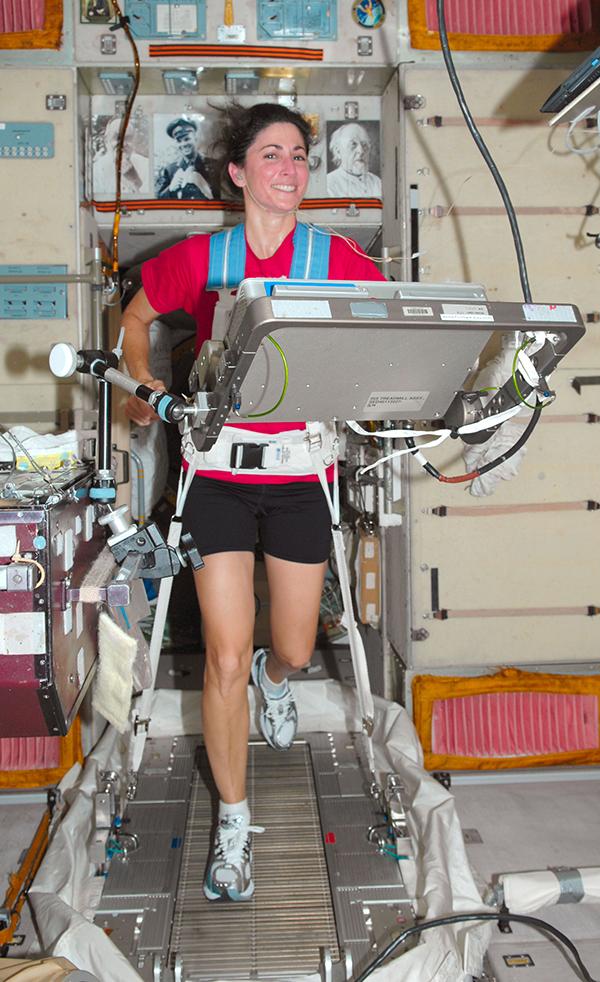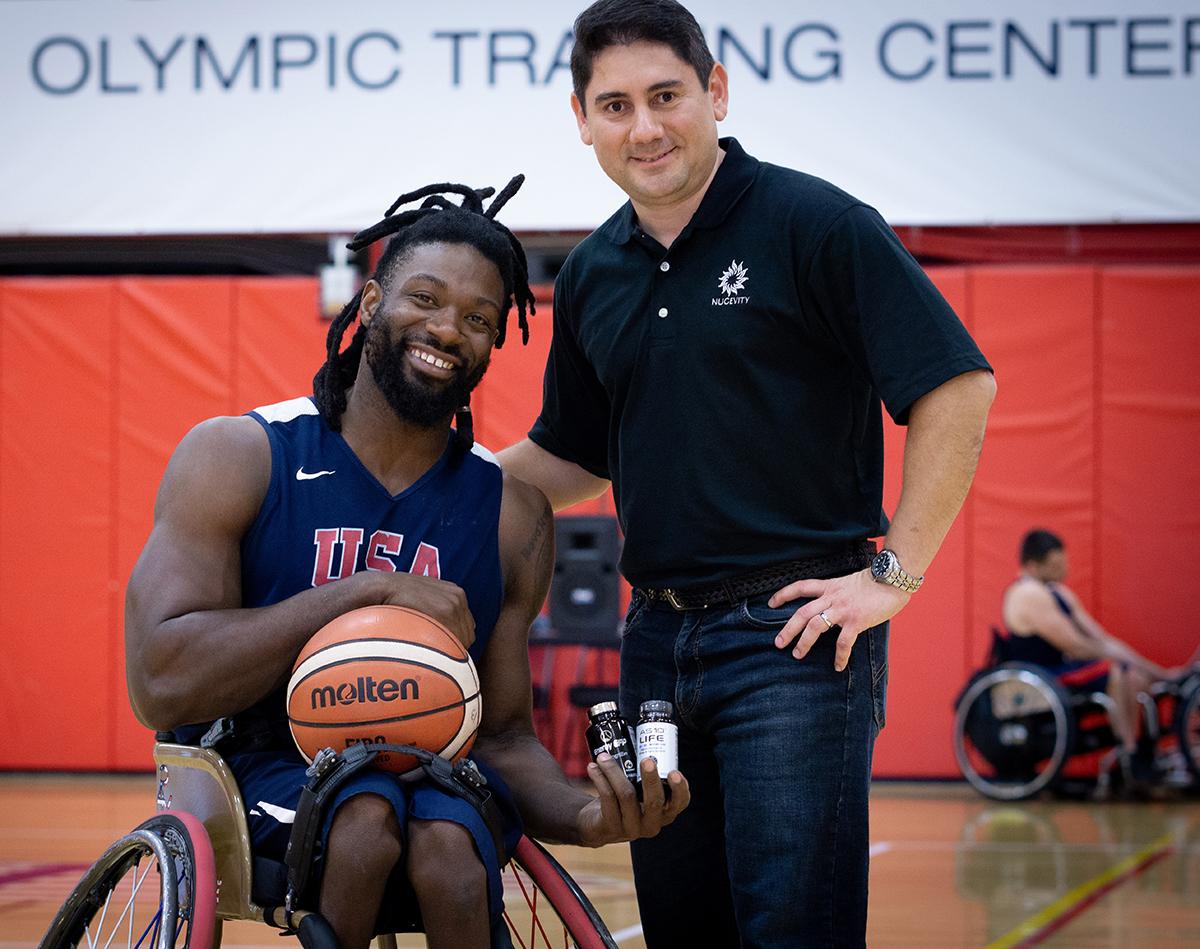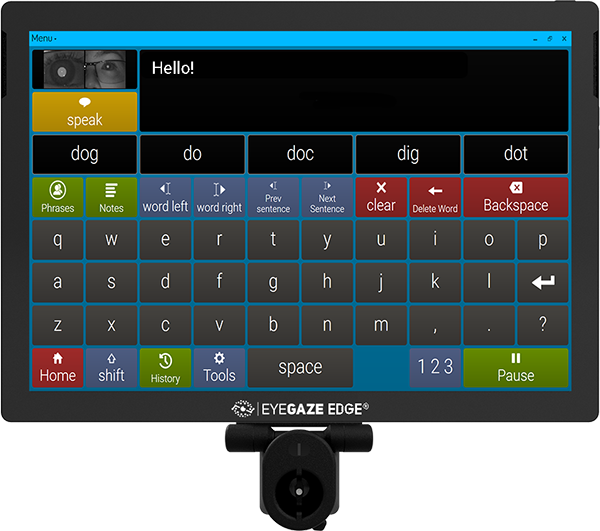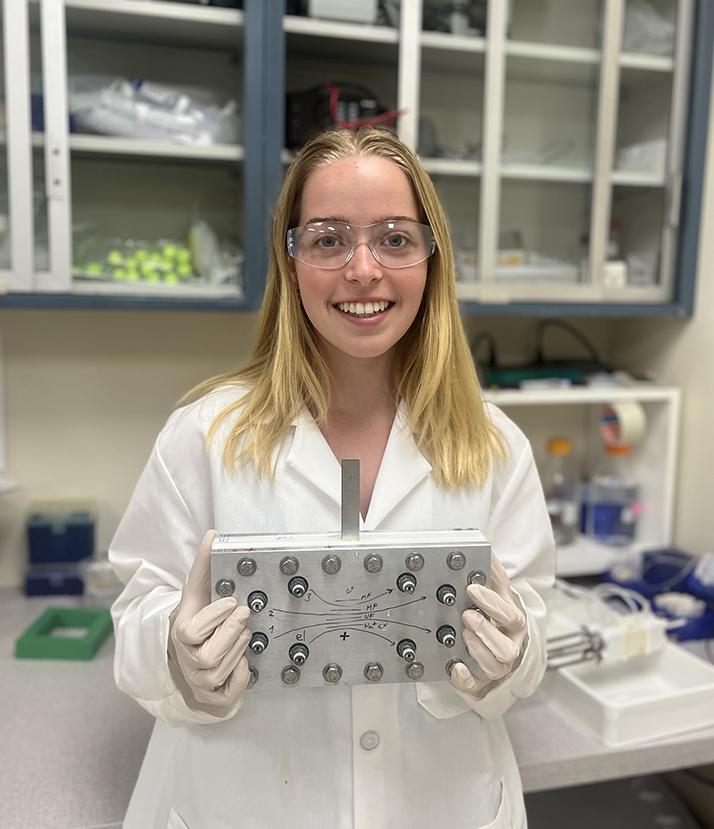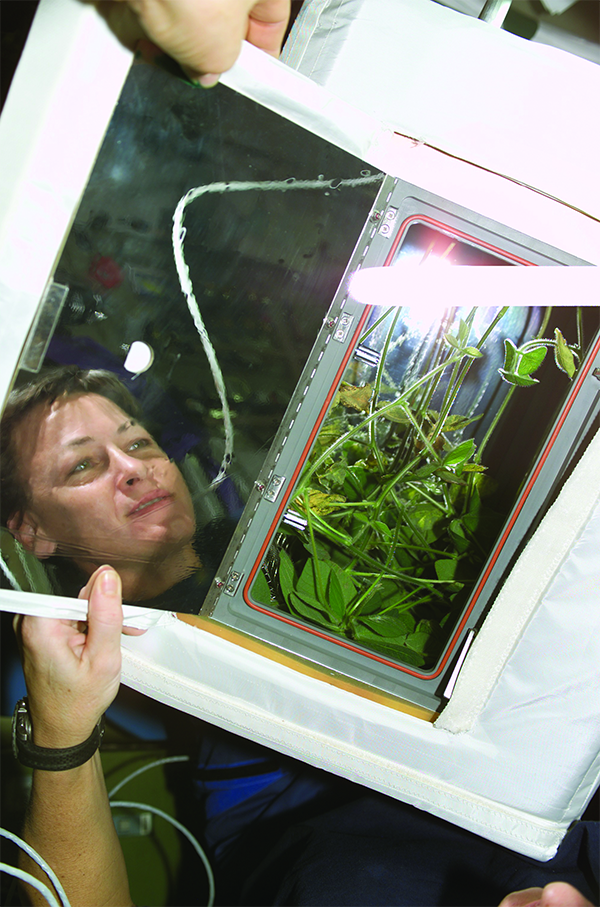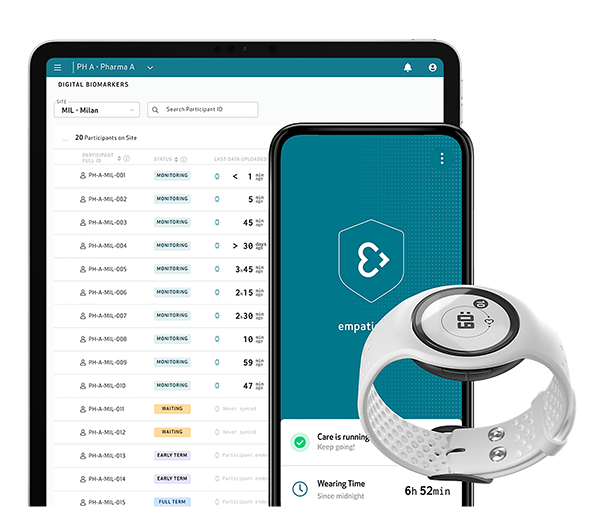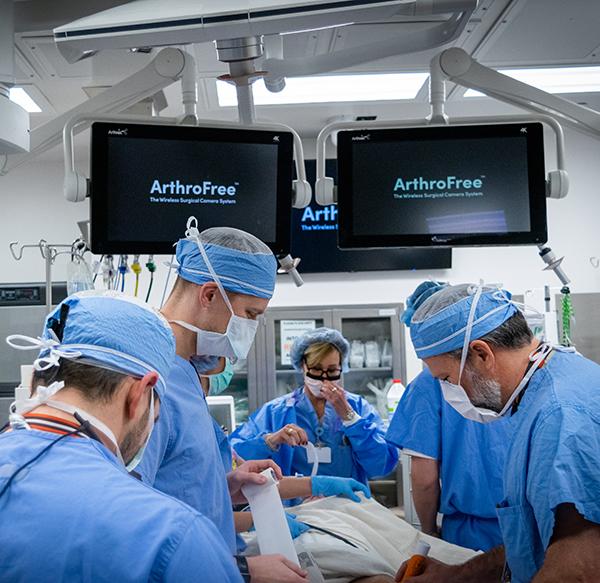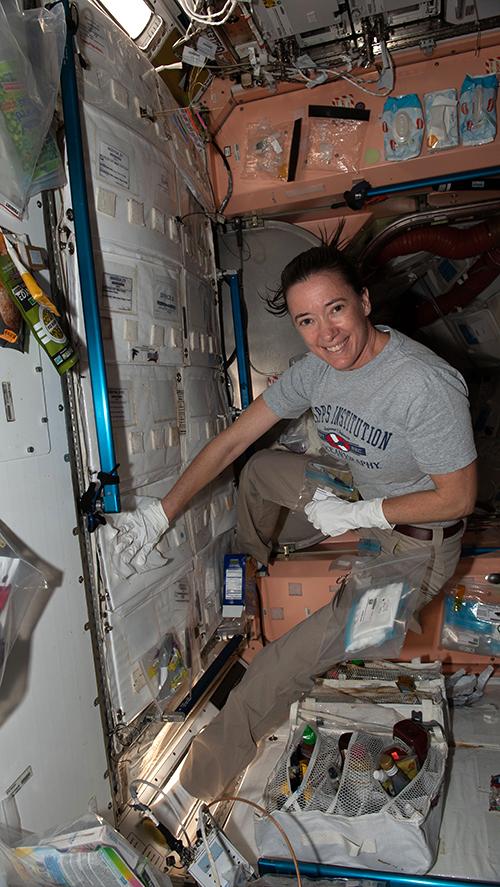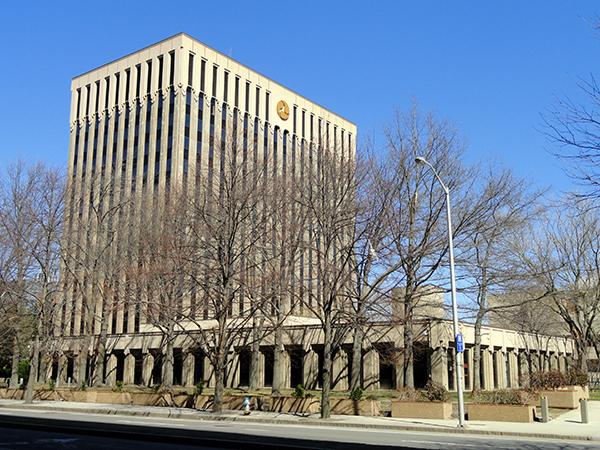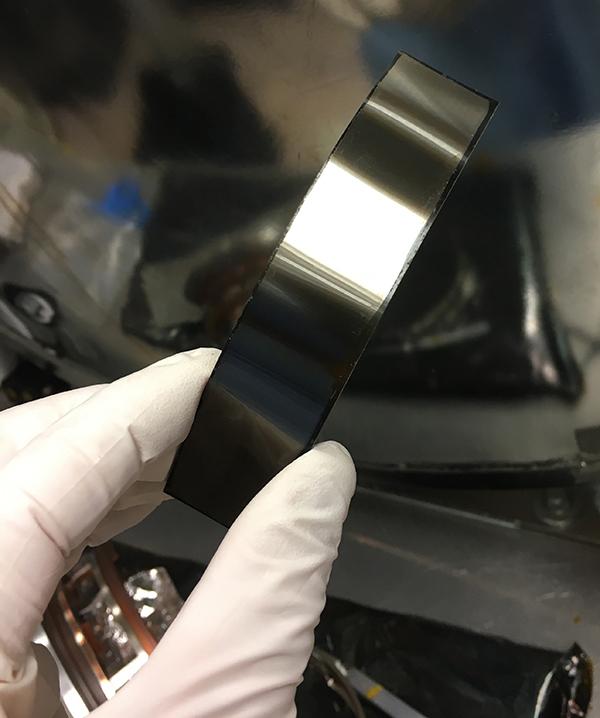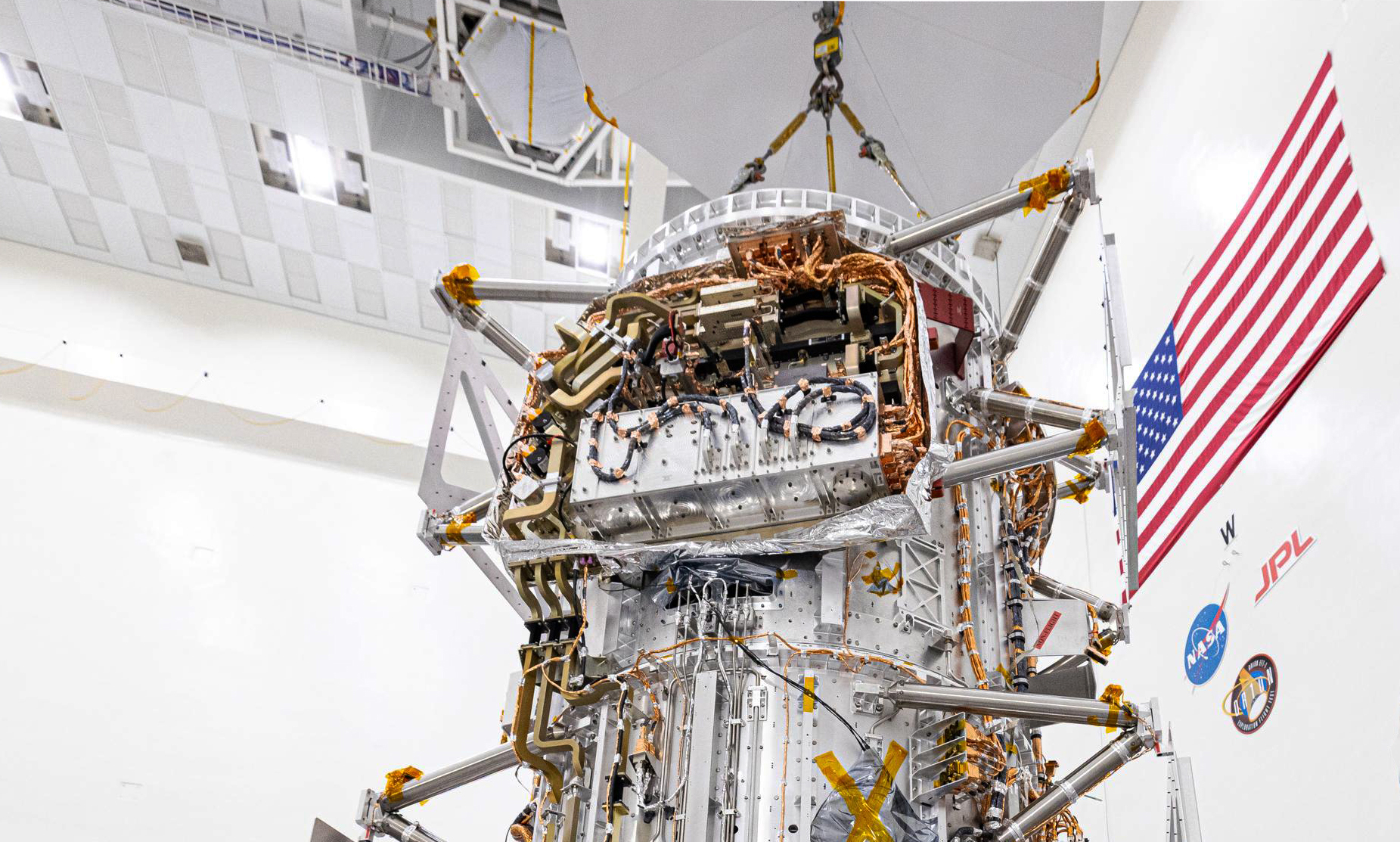
Space-Based Tech for Home Health Monitoring
Subheadline
Contactless monitoring for vital signs uses radio-frequency technology created by NASA
Even before we’re aware of heart trouble, breathing problems, or physical stress, our bodies give off warning signs in the form of vibrations. Early technology to detect these signals used uncomfortable electrodes, patches, and other devices attached to the body. Wearable devices such as watches are more convenient but can chafe and damage delicate skin, a potentially serious issue for older adults in need of constant monitoring. Now, a wall-mounted technology that monitors vital signs is so unobtrusive it’s easy to forget monitoring is taking place. Advanced TeleSensors Inc. developed the Cardi/o Monitor with an exclusive license for a hardware design and software created by NASA’s Jet Propulsion Laboratory in Southern California.
Creating a smaller, inexpensive, contactless device to measure vital signs accurately and safely was so complicated it took NASA engineers nearly five years to figure out how to do it. That’s because the human body is complex.
Breathing and pumping blood are just two ways the body creates vibrations. The motion of a single breath causes the diaphragm to move about one inch. By comparison, a heartbeat causes an incredibly small motion, about one three-thousandth of an inch, according to Sajol Ghoshal, CEO of Austin, Texas-based Advanced TeleSensors. Detecting that kind of vibration without touch has stumped technologists for decades.
Radio waves seemed the ideal approach. Radars were already remotely monitoring boats and airplanes. Radar emits a radio wave in a specific direction, and the wave bounces off an object. The reflected wave returns to the same device, where a receiver transmits its characteristics to a computer. Data extracted can include information such as direction and speed. But monitoring vital signs meant picking out much tinier movements that are easily swamped by other vibrations in the environment and recognizing them as actions of the heart, lungs, and more.
In the late 1990s, hardware and computing technology were sophisticated enough to meet the challenge, according to Steve Monacos, a JPL engineer who worked on the software. The working prototype was large, the size of a thick text book, and attached to a desktop computer.
Our Vibrating Bodies
After figuring out the best radio frequency to use, NASA designed a prototype to continuously emit a radio beam toward a stationary person such as a burn patient in a hospital bed. The device would be placed on a table a few feet away from the patient and send vital signs to a nurse’s station via a WiFi connection. Even though it was never tested in an institutional setting, the prototype successfully performed continuous monitoring.
The algorithms trained by machine learning differentiated the signals — identifying cardiac and respiratory activity, as well as “noise” produced by nearby people and other medical equipment. While each heartbeat is as individual as a fingerprint, the characteristics of that motion fall within a specific range of vibrations. Breathing patterns also have their own characteristics, so once the software has a baseline, it can parse the related data.
The software can track multiple vital signs, revealing trends. For example, if breathing becomes labored in a person with congestive heart failure, that could indicate a problem. The constant monitoring offers healthcare providers more — and more consistent — data to inform decisions.
“Nobody had been able to come up with the methodology to make this technology very reliable, but we got it far enough along that we had use cases we could work with,” said Monacos. Overcoming the biggest problem — differentiating the return signals — was “the pot of gold at the end of the rainbow” for a commercial technology, he said.
When Ghoshal participated in a demonstration of the prototype, he immediately saw the potential for in-home monitoring. Developing an affordable device was finally possible due to advances in the miniaturization of radar sensors and computing technology.
“We went through the entire design component by component,” said Ghoshal. Maintaining the specifications NASA developed, the company looked for smaller, cheaper hardware to perform the same functions. A blind-spot radar used in automobiles and a single computer chip to store code and process data were smaller and required less power to operate. Analysis conducted by NASA showed the performance was very close to the prototype.
Horse-Sense Technology
The Cardi/o Monitor is compact, just 3 inches square, and mounts inconspicuously to a ceiling or wall. It doesn’t require recharging or software updates like wearable devices. And it can detect vital signs from up to 10 feet, with the best performance between 5 and 7 feet. Multiple devices can be scattered throughout a house without adversely affecting the performance of each unit, with the smartphone app controlling settings and displaying all data on a single dashboard.
The algorithms developed by NASA detect heartbeat and respiration, but the company added heart rate variability detection that indicates stress and sleep apnea. The ability to identify heart arrythmia and other deeper cardiac issues is in development.
Filters developed by Advanced TeleSensors block potential interference from nearby technology such as microwave ovens and cellphones. Another safety feature is the radio signal. It’s far below the maximum radio-frequency emission standards, making it safe for people and pets. “Our emissions level is close to 100 times lower than what’s emitted by a WiFi router,” said Ghoshal.
Some of the company’s first clients were in equine rehabilitation clinics. The device was placed in a horse stall and needed to be waterproof, withstanding any disinfectant used to clean the stall. Medical staff were able to collect necessary vital signs without disturbing the animals, allowing them to rest. This application also helped the company prove the Cardi/o Monitor worked effectively.
‘Transforming the World’
Contactless monitoring offers numerous benefits for managing any medical condition. When there’s an anomaly, such as a dramatic heart rate increase, a customizable alert in the app calls attention to the situation. Combined with a regular stream of data, this information can potentially prevent an emergency room visit or hospital readmission.
Up to six months of data is stored in a secure cloud that meets medical regulatory requirements, making it easily accessible to healthcare providers. This in turn limits the need for regular in-person visits from home health workers, who could unintentionally introduce germs and prolong illness.
This is particularly important for high-risk conditions such as infectious diseases. Medical professionals doing in-person monitoring could also be at risk, as they were during the COVID-19 pandemic. Cardi/o is not a medical device and isn’t intended to diagnose conditions but rather collects wellness data individuals and caregivers can use.
Describing the NASA engineers as very supportive, Ghoshal said the agency’s willingness to do the research and development has made contactless monitoring possible.
“NASA has a phenomenal set of engineers. The depth and strength of their knowledge means they can develop some really cutting-edge technologies,” he said. “They don’t always realize the extent to which they are transforming the world, because it’s just part of what they do.”
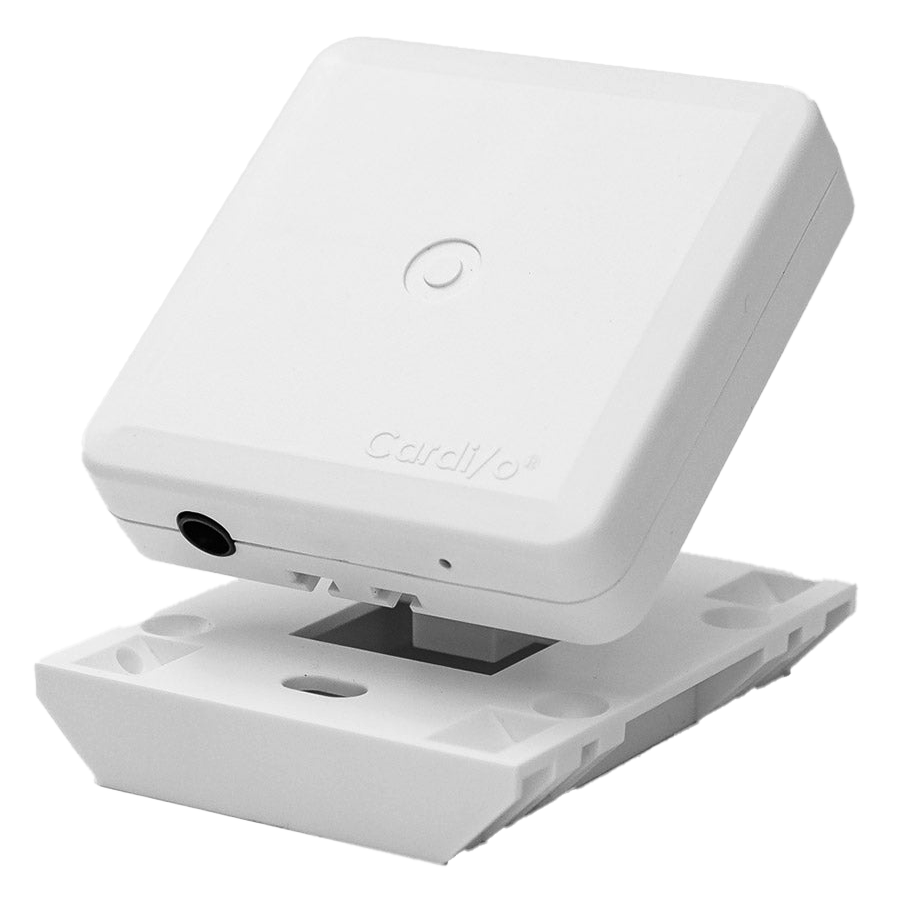
The Cardi/o vital sign monitor uses NASA-developed technology to continually monitor vital signs. The data collected can be sent directly to medical care providers, cutting down on the number of home healthcare visits. Credit: Advanced TeleSensors Inc.

All that’s needed to monitor heart rates, breathing, and related data is a smartphone and the Cardi/o Monitor by Advanced TeleSensors. The device mounts to a wall or sits on a tabletop and monitors vital signs of one or more people — no wearable required. Credit: Advanced TeleSensors Inc.

NASA uses radio frequency (RF) for a variety of tasks in space, including communications. The Europa Clipper RF panel — the box with the copper wiring near the top — will send data carried by radio waves through the spacecraft between the electronics and eight antennas. Credit: NASA

